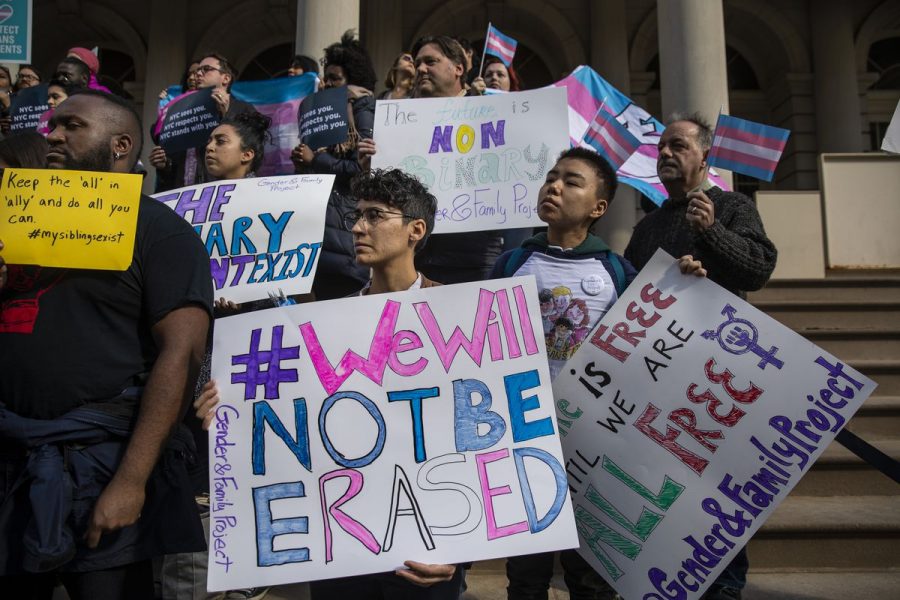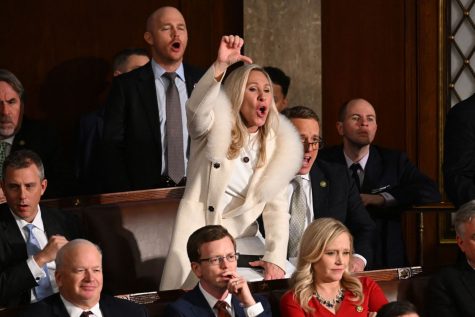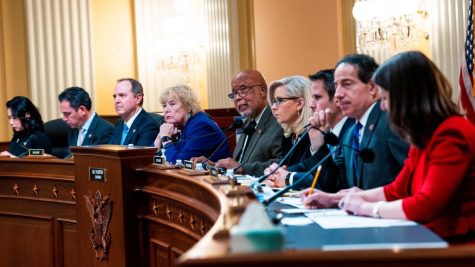OPINION: Trump’s Move to Legally Define “Gender” Makes Sense in Regards to Title IX Cases
While the transgender community is up in arms over President Trump’s threats to limit the definition of “gender,” it is a move that makes legal sense.
The Trump Administration, over the last two years, has been controversial, to say the least. And, to continue the trend, the Trump Administration is considering making a move that has many members of the LGBT community worried. According to the New York Times, the Trump Administration is considering defining gender as a “biological, immutable condition determined by genitalia at birth.”
This potential move has sparked headlines such as “‘Transgender Could Be Defined Out of Existence Under Trump Administration” and “Trump Camp Trying to ‘Erase’ Transgender Definition.” While these headlines reek of doom and gloom and may incite panic among the masses, is this decision as important as it seems?
On a surface level, this redefinition of gender seems to run contrary to the purpose of the LGBT movement. The movement claims that gender is a spectrum – that it is more how you perceive yourself than your genitals and genes. Therefore, limiting gender to a “biological…condition determined by genitalia at birth” would seemingly make this interpretation of gender null-and-void.
While many proponents of the LGBT movement claim this decision would be a form of discrimination, the context in which this decision is within should calm down incensed protestors. As noted by the New York Times, this change is being considered to “establish a legal definition of sex under Title IX.”
Title IX is a federal civil rights law that was passed in 1972 which seeks to ban sex discrimination, reading, “No person in the United States shall, on the basis of sex…be subjected to discrimination under any education program or activity receiving Federal financial assistance.”
This would result in little change among those in the LGBT community but would have a large impact on Title IX court hearings. According to conservative political commentator Ben Shapiro, this change is necessary as “there needs to be an objective measure of male or female before we can determine whether someone is being discriminated against on the basis of his or her sex.”
What is critical to note here, and something many LGBT proponents may be unaware of, is the terminology used in Title IX. Title IX specifically refers to “sex” discrimination, not gender. If we are to believe that sex and gender are two different things, sex being biological characteristics and gender being behavioral characteristics, this bill only covers discrimination based on biological characteristics. Therefore, the clarification presented by the Trump Administration is important and more clearly defines what infringements would and would not fall under Title IX.
This can be backed up legally as well, as Judge Reed O’Connor notes that “Congress did not understand ‘sex’ to include ‘gender identity.’”
For example, if a woman claims she is being prevented from serving as a teacher’s assistant because of her physical, womanly appearance, this type of claim would fall under Title IX. Why? In this hypothetical, the woman is claiming discrimination based on her physical traits. If, however, a transgender woman makes a similar claim it would not fall under Title IX. Why? In this almost identical situation, the transgender woman would be claiming discrimination based on how she acts or believes herself to be, not on what biological traits she has.
This is not to condone any type of discrimination but merely to show the confines of Title IX. If Title IX were to cover “gender” discrimination, it would be a different story. But legally, this is what it covers, and this clarification is critical for future Title IX cases.
What is seemingly a shift in legal terminology has created an uproar among those who support the LGBT movement. From the very same New York Times article that noted the context in which this shift is occurring, it also states that “the Department of Health and Human Services [believes] that the lack of clarity allowed the Obama administration to wrongfully extend civil rights protections to people who should not have them.” This change is merely keeping Title IX true to its purpose – to prevent discrimination based on sex.
In a perfect world, there would be no discrimination against people based on any facet of their existence. Discrimination, however, does occur, and legislation has been passed to combat it as seen with Title IX.
Instead of trying to force gender discrimination into a pre-existing bill with no mention of gender or transgenderism, there is an easy way to prevent gender discrimination: pass a bill.















